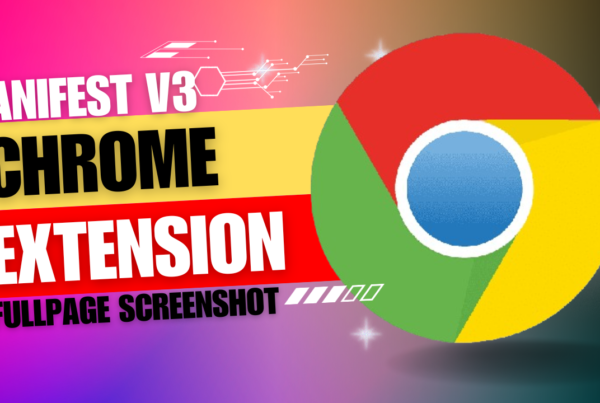Format strings in C# might seem like a cryptic language at first, but once you grasp their power, they become an invaluable tool for formatting text, numbers, dates, and more. In this article, we’ll unravel the secrets of format strings and explore how they can enhance your C# coding experience.
What is a Format String?
At its core, a format string is a string that contains placeholders for values you want to insert. These placeholders are later replaced with the actual values during runtime. In C#, the String.Format method and interpolated strings are common ways to work with format strings.
Basic Placeholder Syntax
Let’s start with a simple example. Consider the following code:
int age = 25;
string name = "John";
string formattedString = String.Format("Hello, my name is {0} and I am {1} years old.", name, age);
Console.WriteLine(formattedString);Here, {0} and {1} are placeholders for the values of name and age respectively. The String.Format method takes care of replacing these placeholders with the actual values.
Formatting Numeric Values
Format strings shine when it comes to formatting numeric values. You can control the number of decimal places, add currency symbols, and more. Consider this example:
decimal price = 42.56789;
string formattedPrice = String.Format("The price is: {0:C2}", price);
Console.WriteLine(formattedPrice);In this case, {0:C2} formats the price as currency with two decimal places.
Date and Time Formatting
Working with dates and times? Format strings have got you covered:
DateTime currentDate = DateTime.Now;
string formattedDate = String.Format("Today is {0:D}", currentDate);
Console.WriteLine(formattedDate);Here, {0:D} formats the date in a long format, suitable for displaying the complete date.
Custom Formatting
If the standard format strings don’t meet your needs, you can create custom formats. For instance, formatting a number as a percentage:
double percentage = 0.75;
string formattedPercentage = String.Format("The percentage is: {0:P}", percentage);
Console.WriteLine(formattedPercentage);The {0:P} format string converts the number to a percentage.
Interpolated Strings
C# 6 introduced interpolated strings, which provide a more concise and readable way to format strings. The above examples can be rewritten using interpolated strings like this:
string formattedString = $"Hello, my name is {name} and I am {age} years old.";
string formattedPrice = $"The price is: {price:C2}";
string formattedDate = $"Today is {currentDate:D}";
string formattedPercentage = $"The percentage is: {percentage:P}";Interpolated strings use the $ symbol and allow you to directly embed expressions within the string.
Conclusion
Format strings in C# are a powerful feature that can greatly improve the readability and maintainability of your code. Whether you’re working with basic text, numeric values, or dates, understanding format strings is a skill that every C# developer should master. So, the next time you find yourself concatenating strings and values, consider the elegance and power of format strings.








